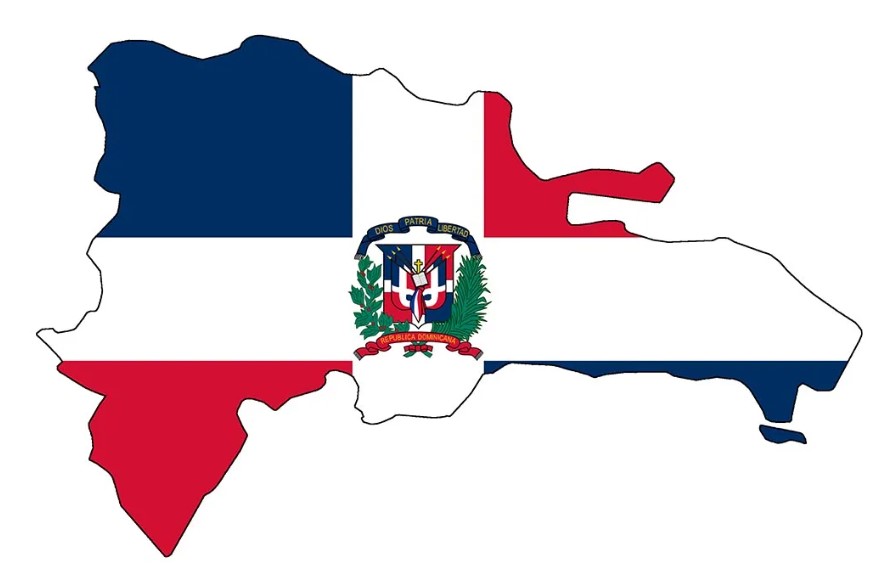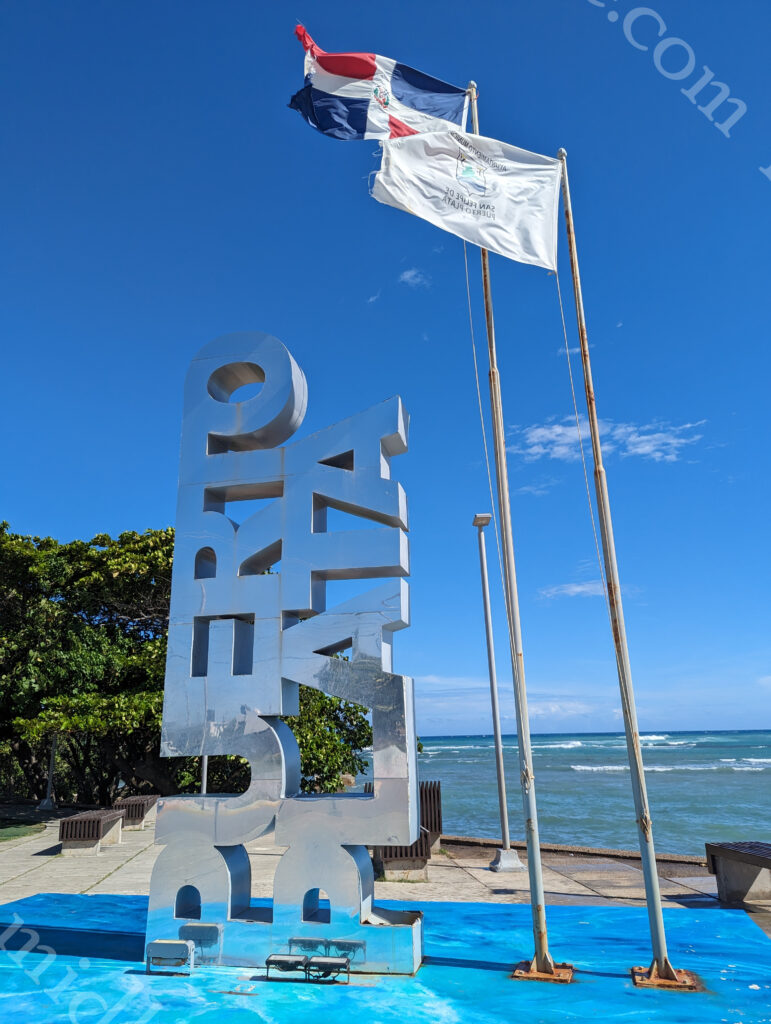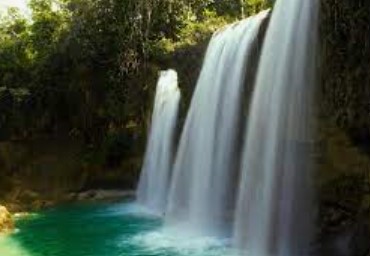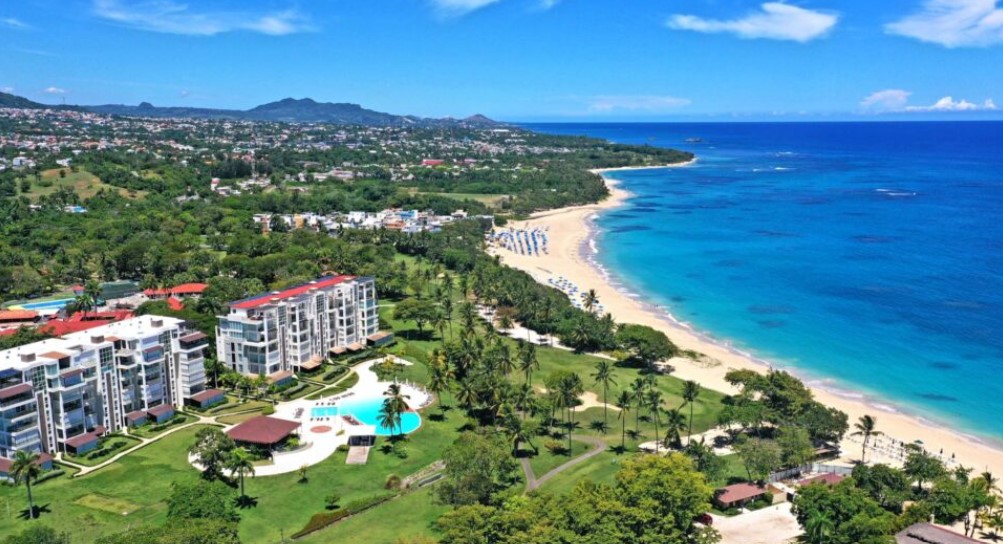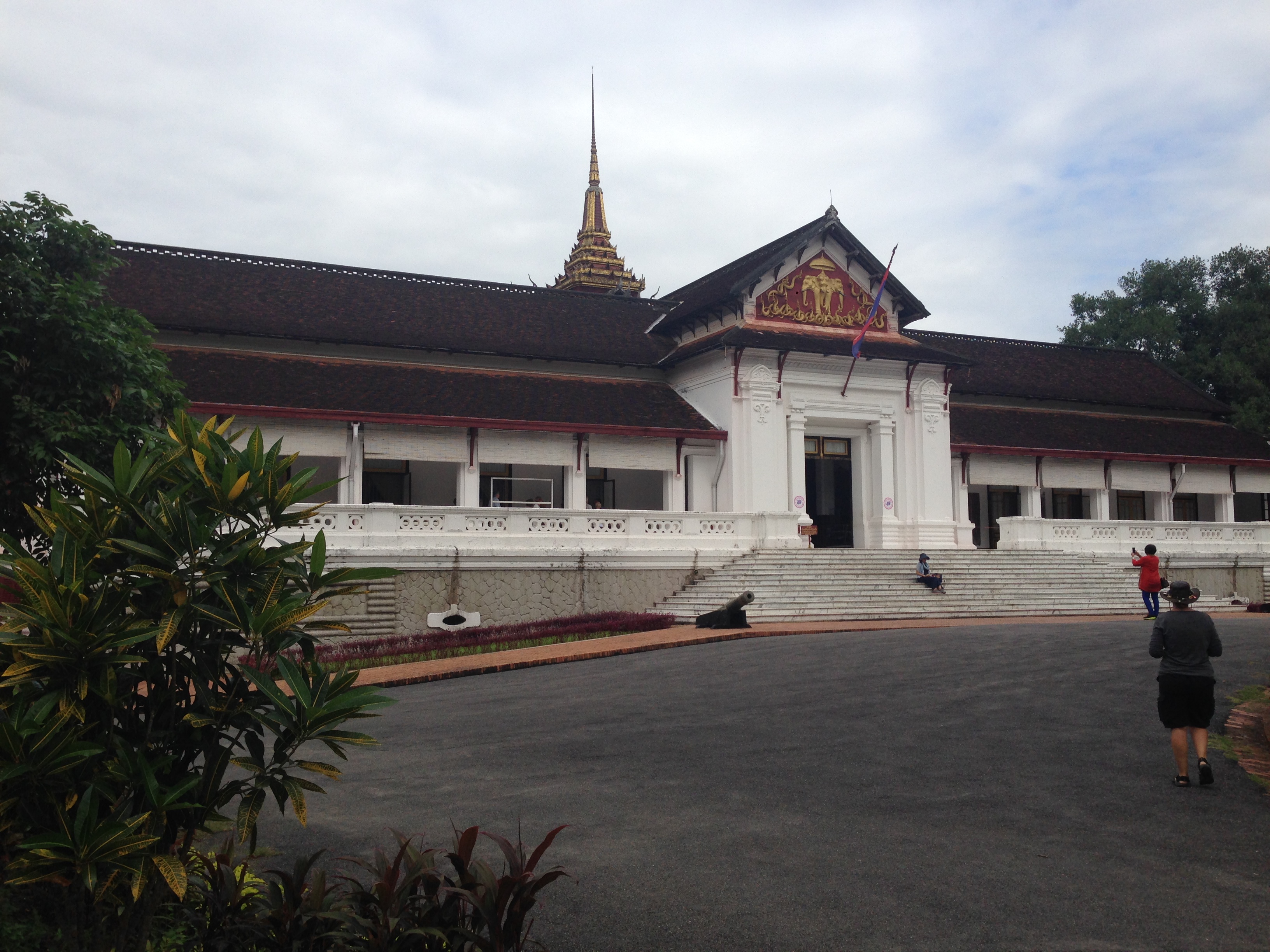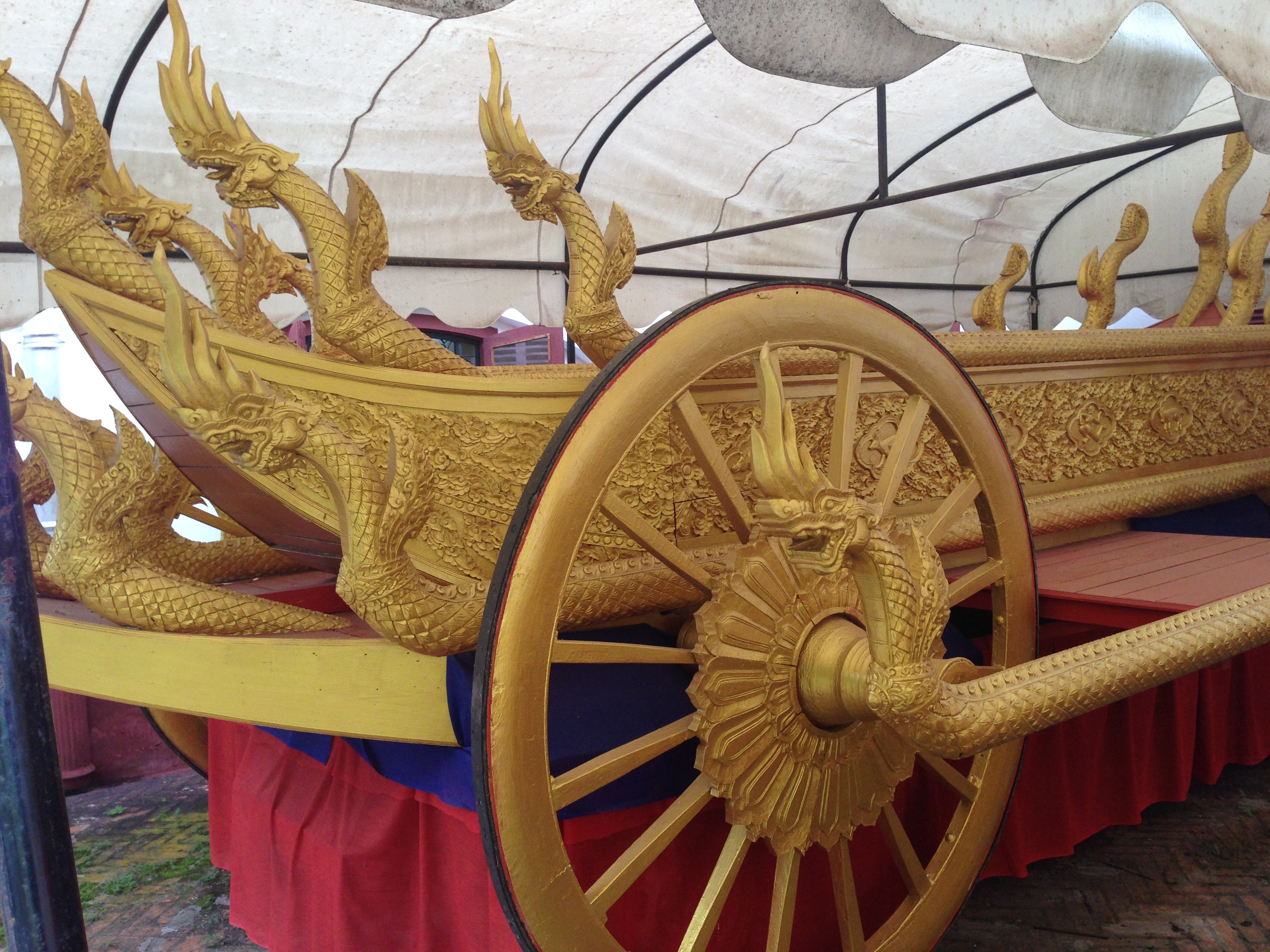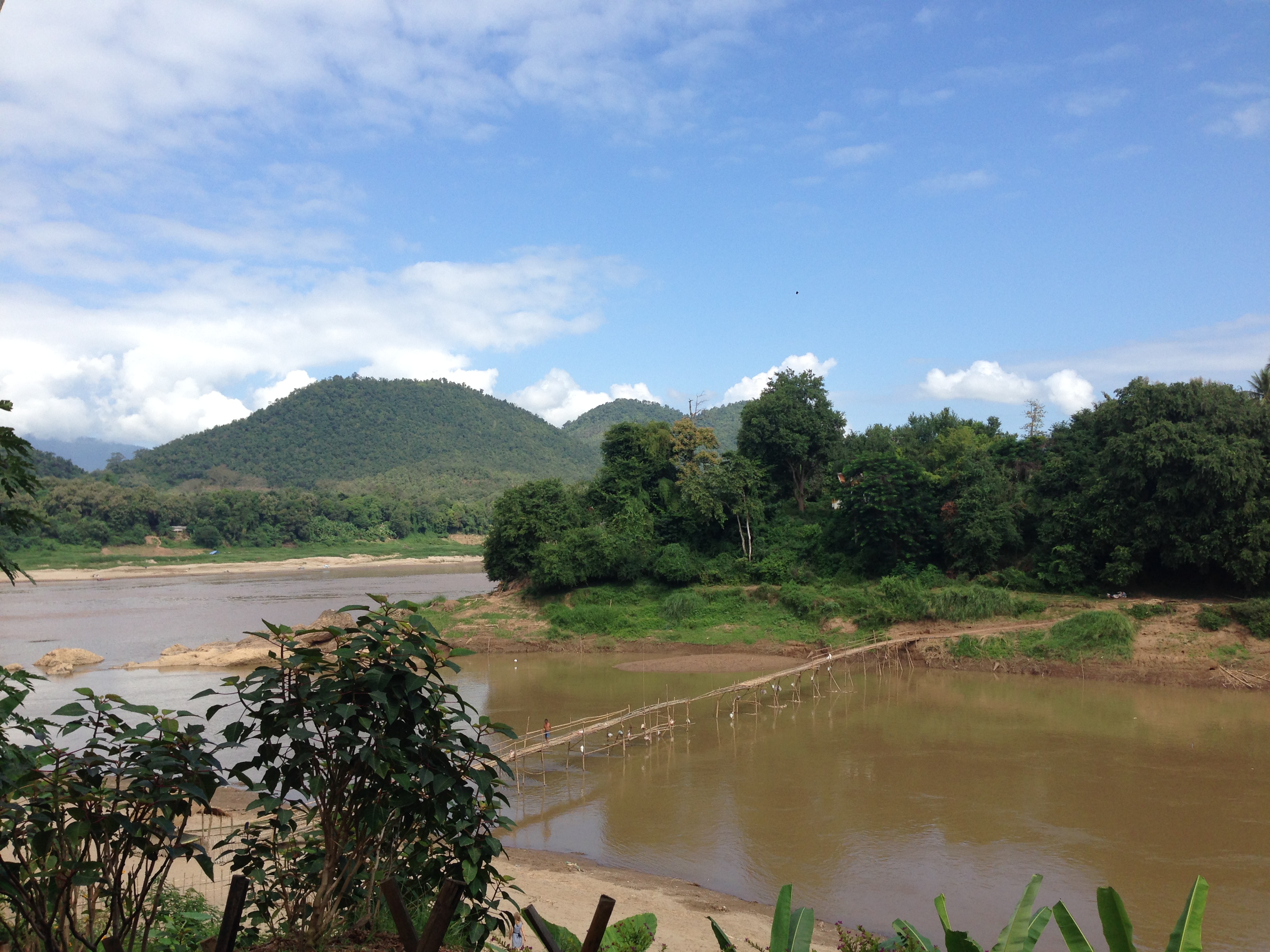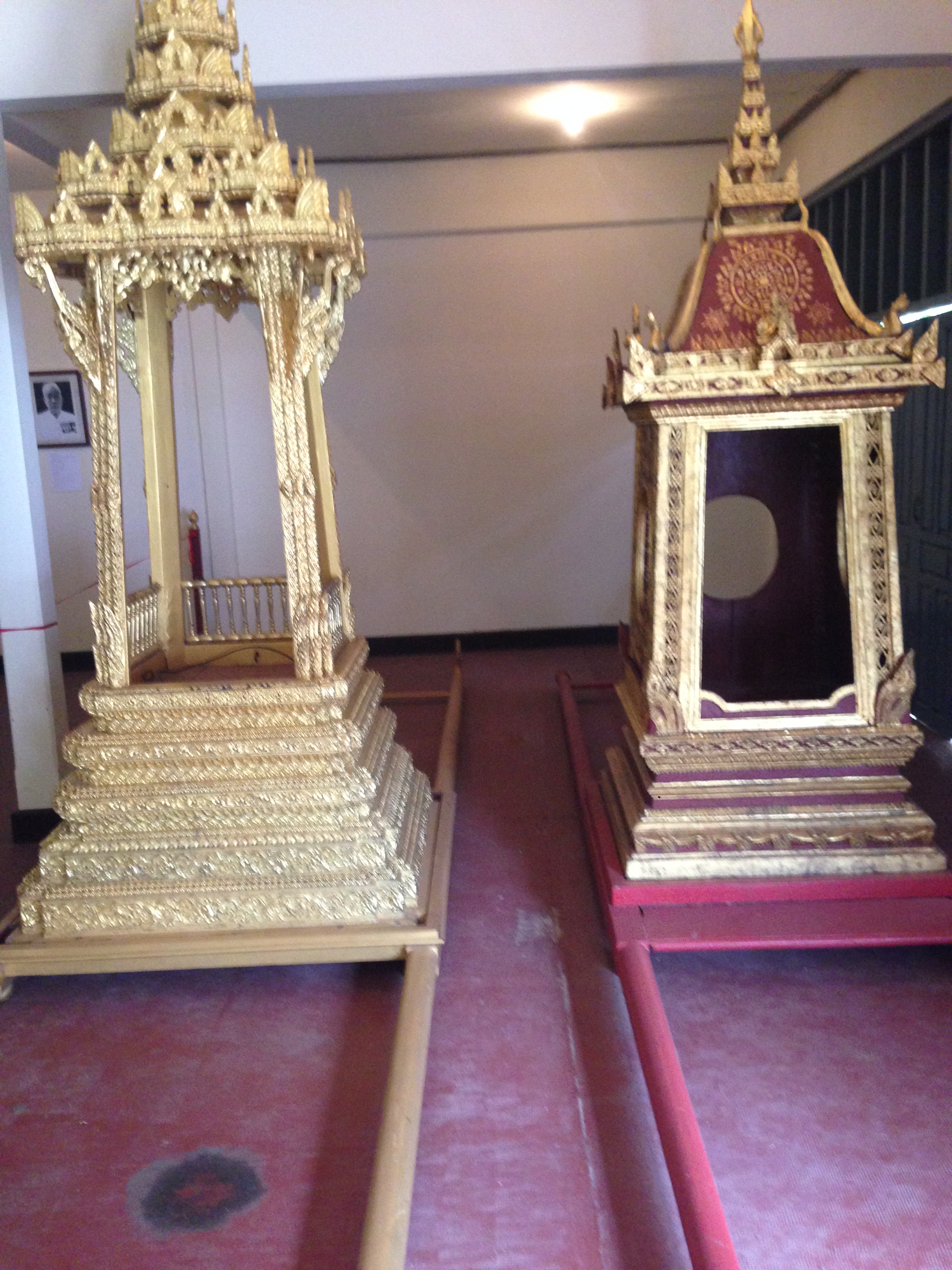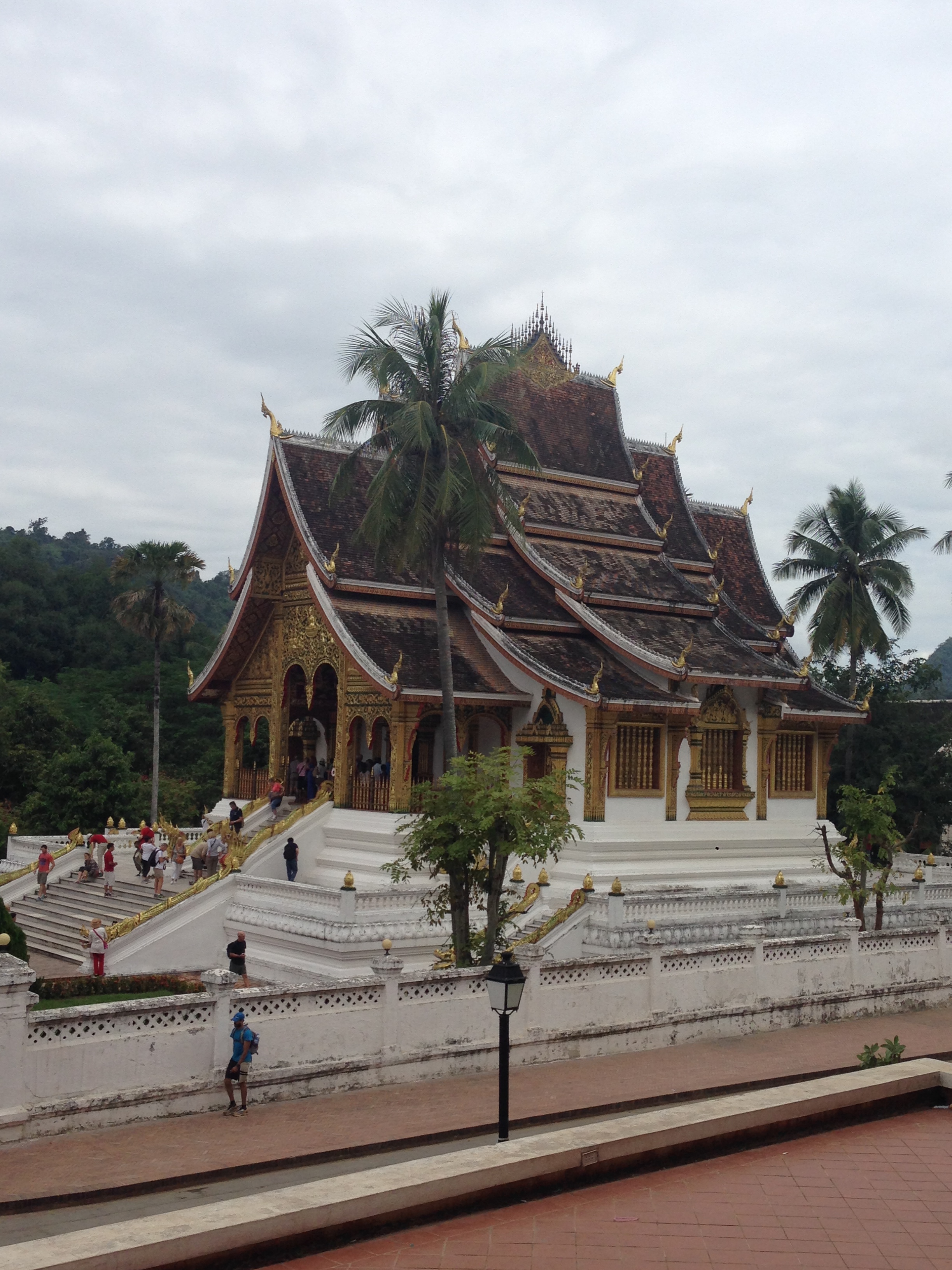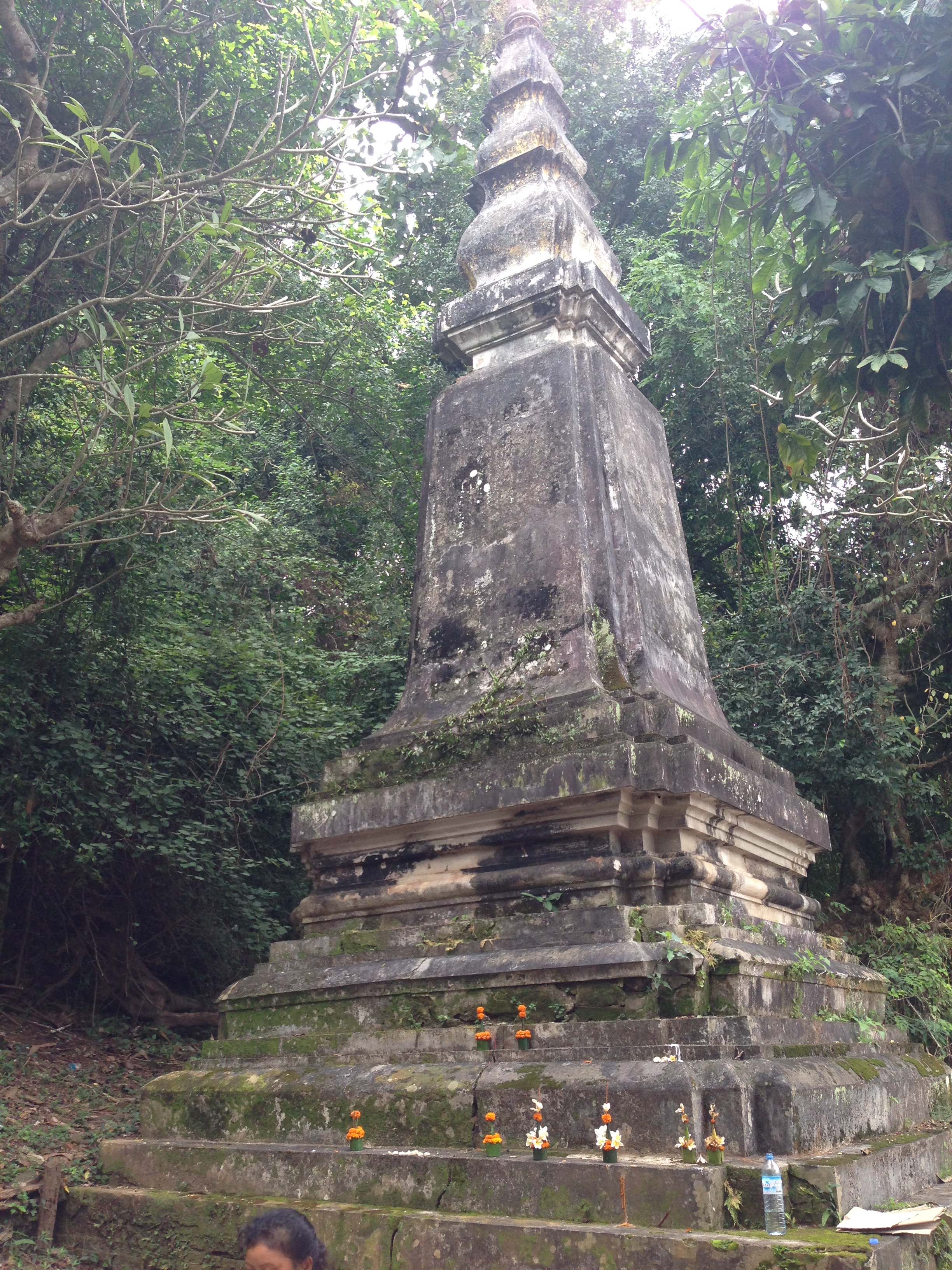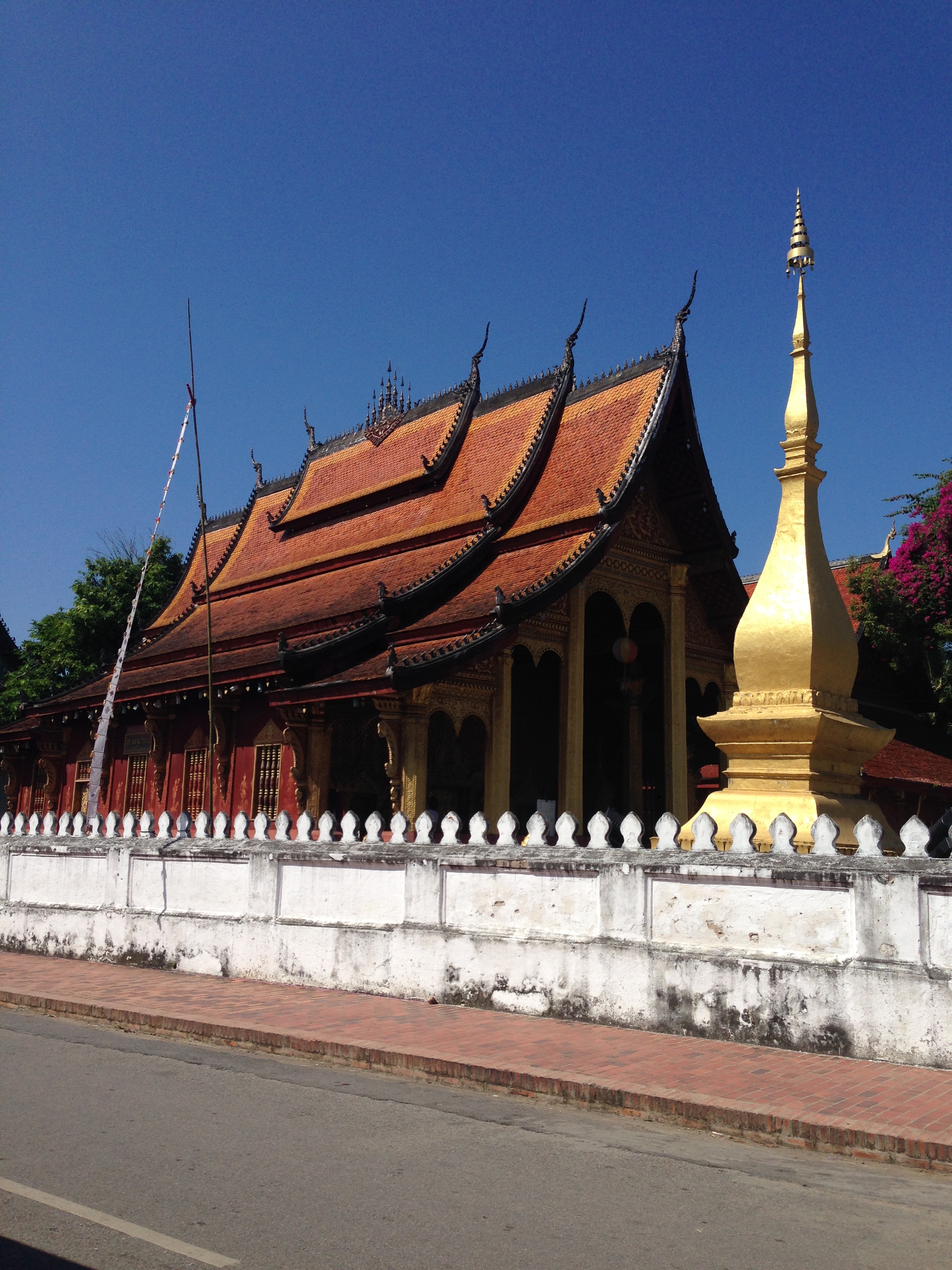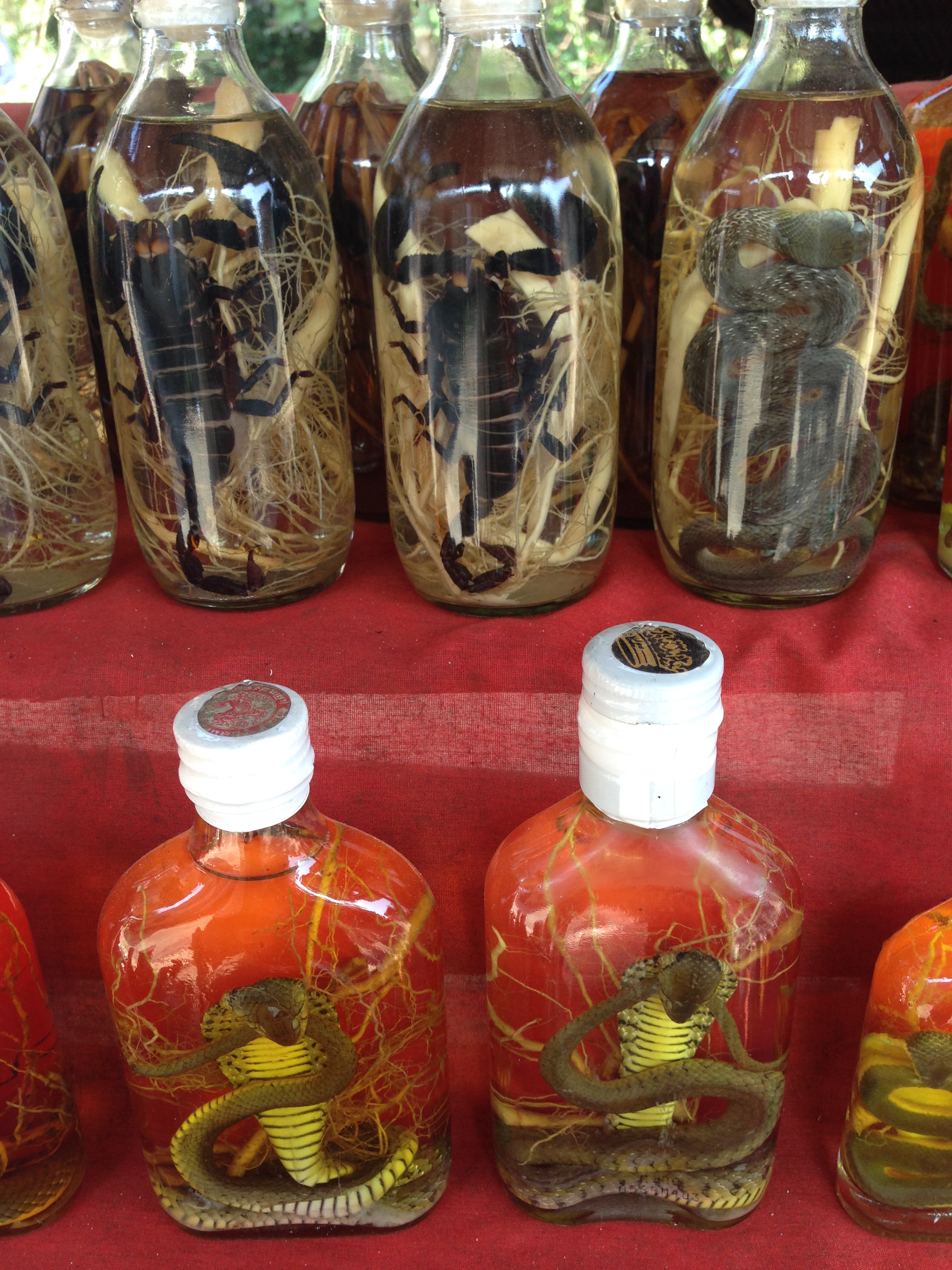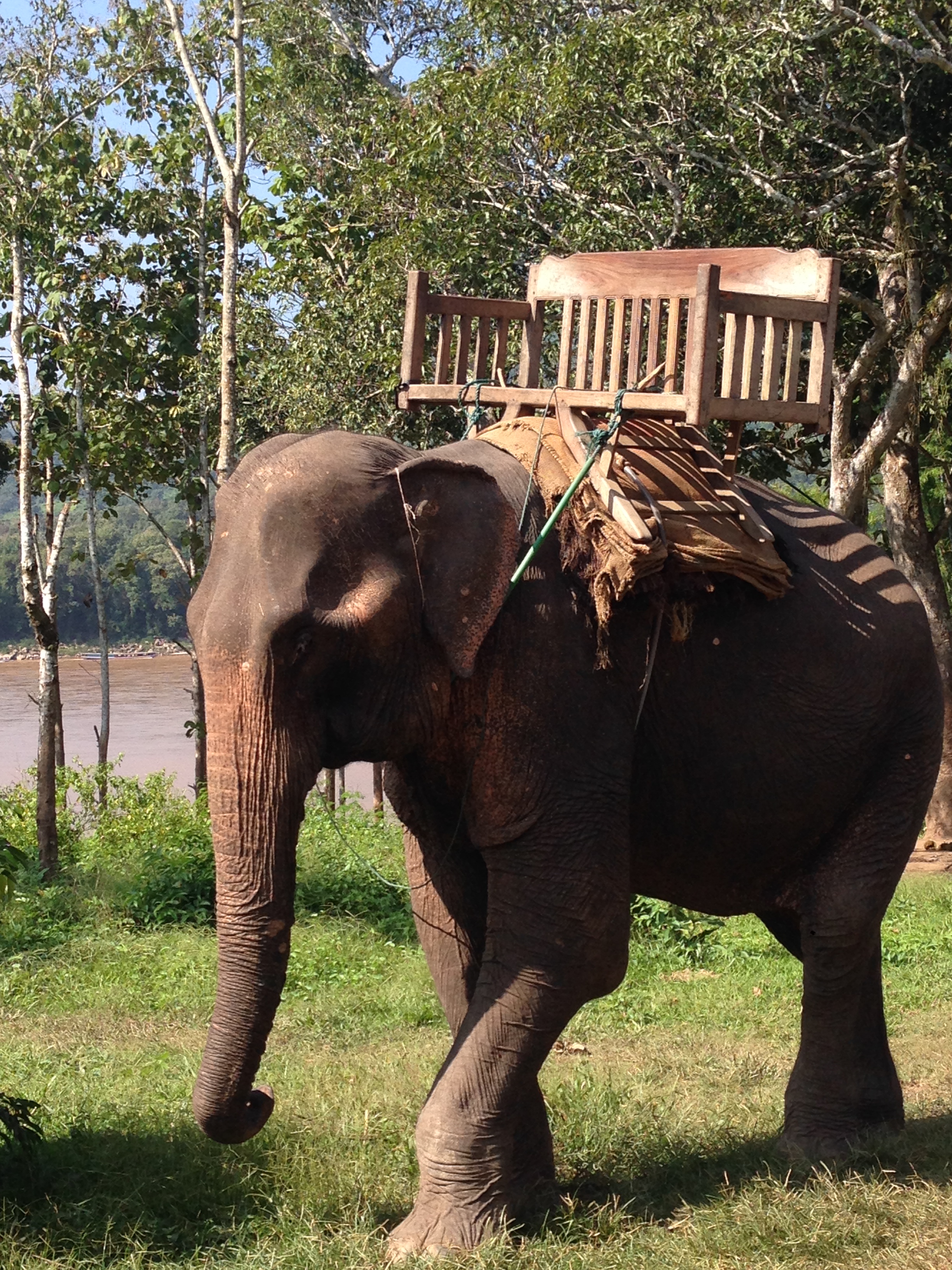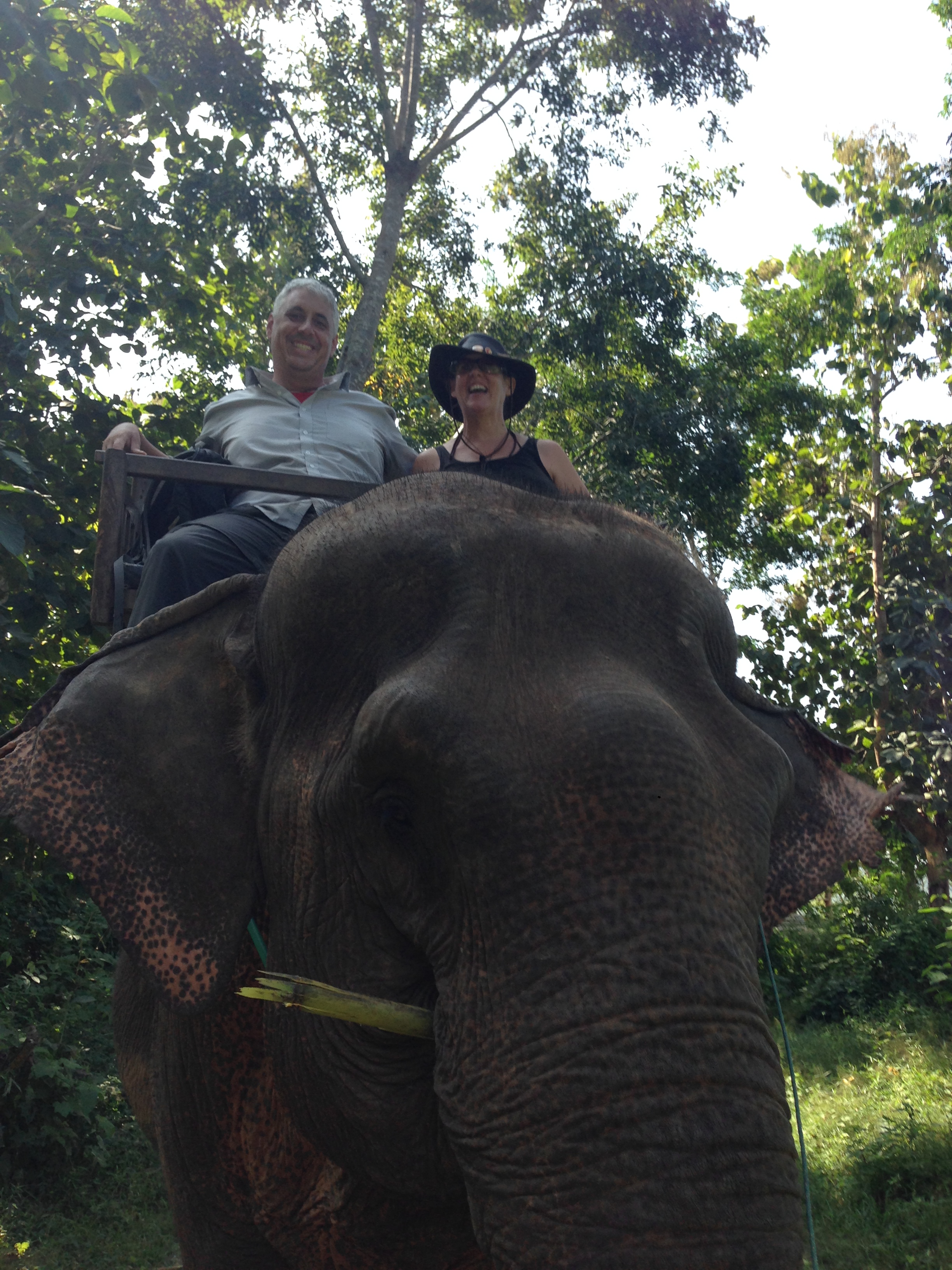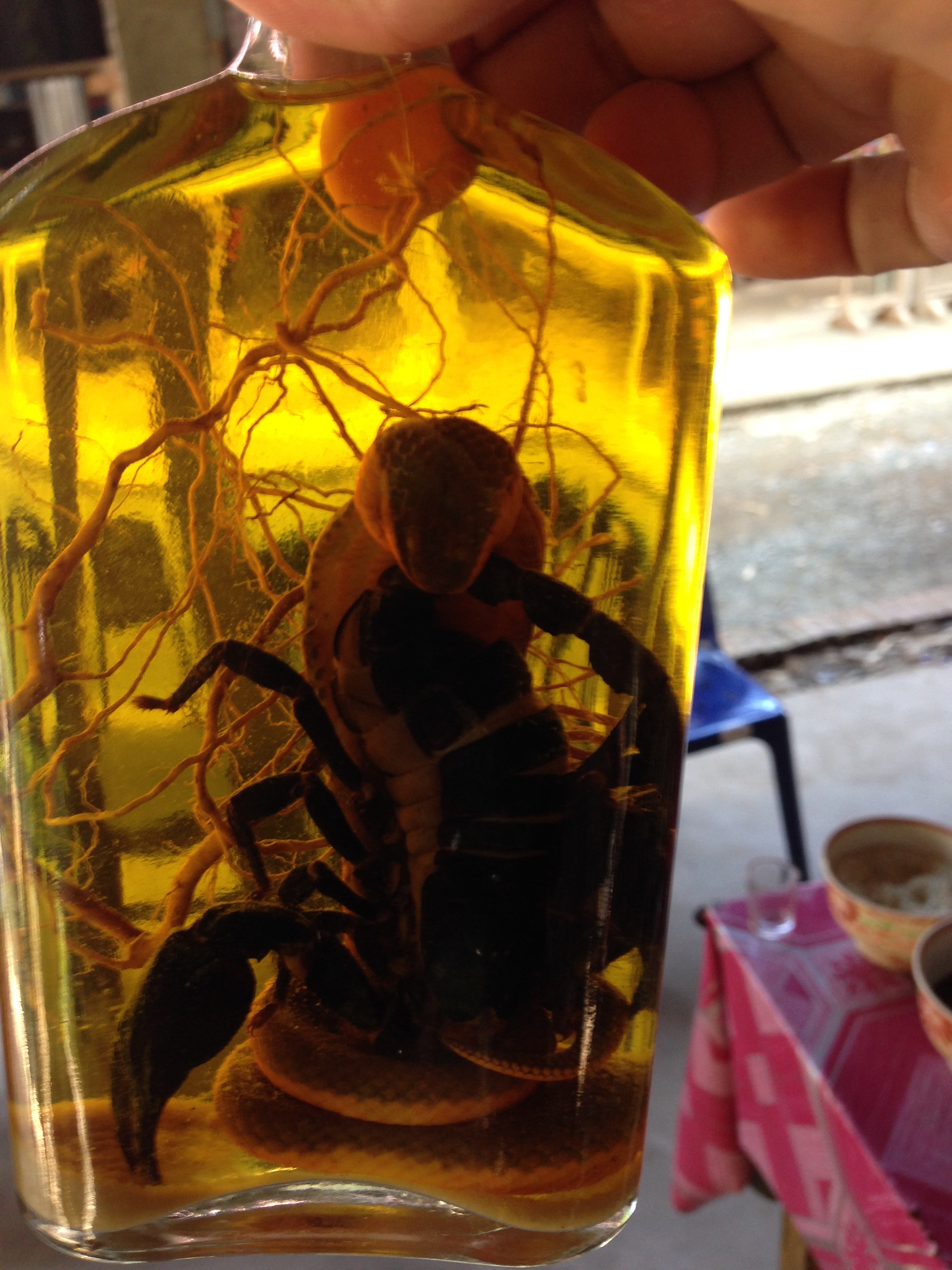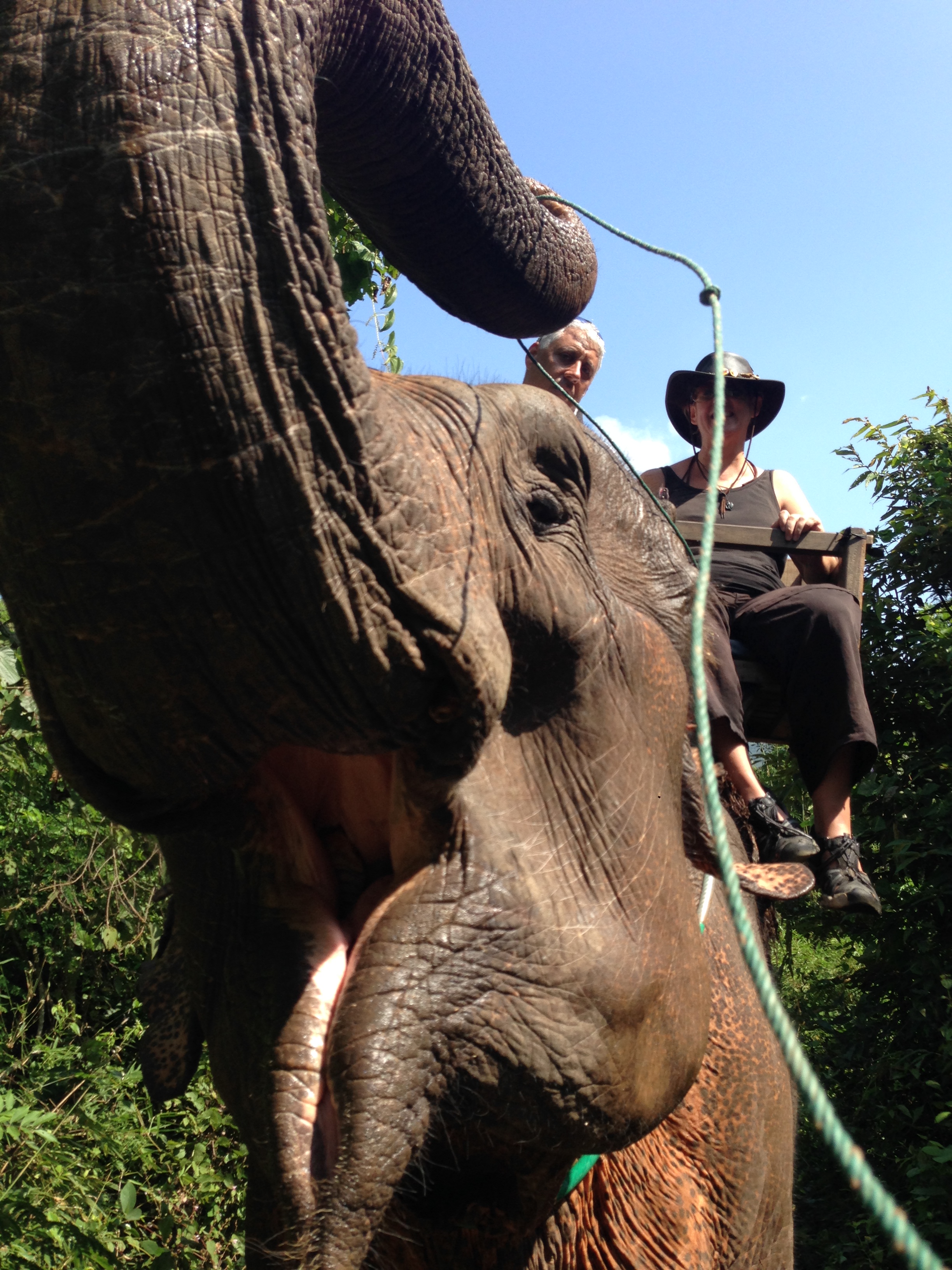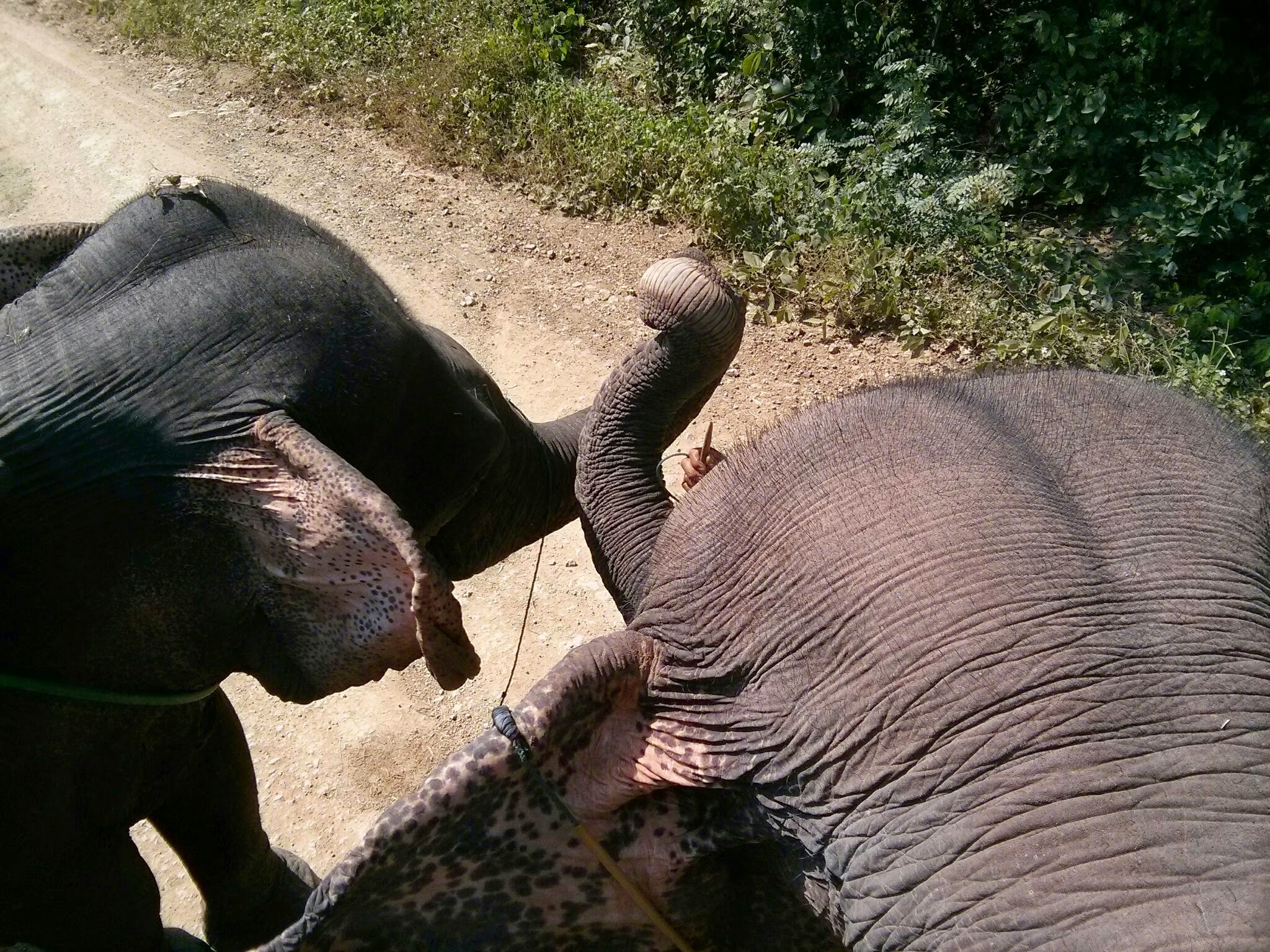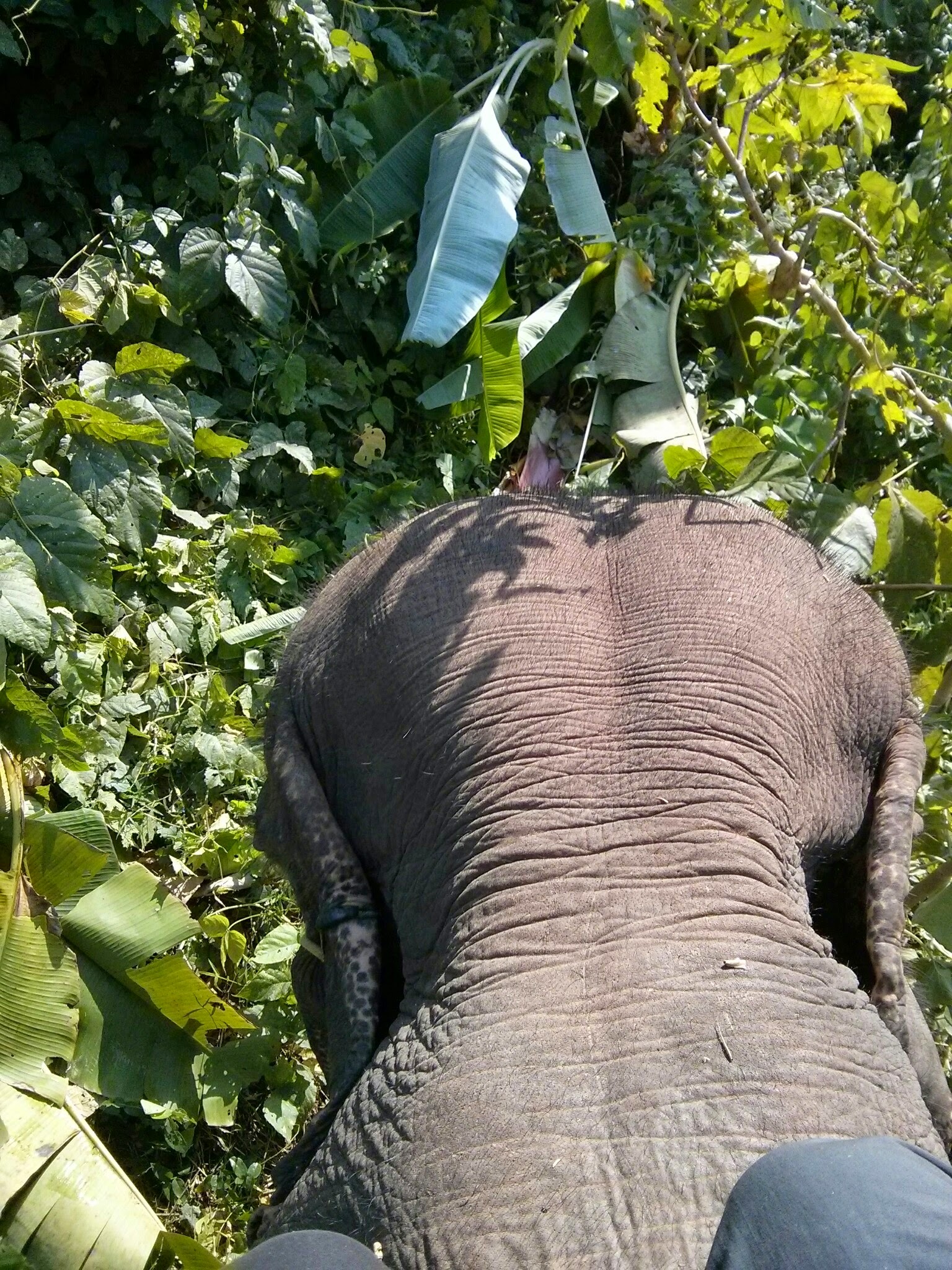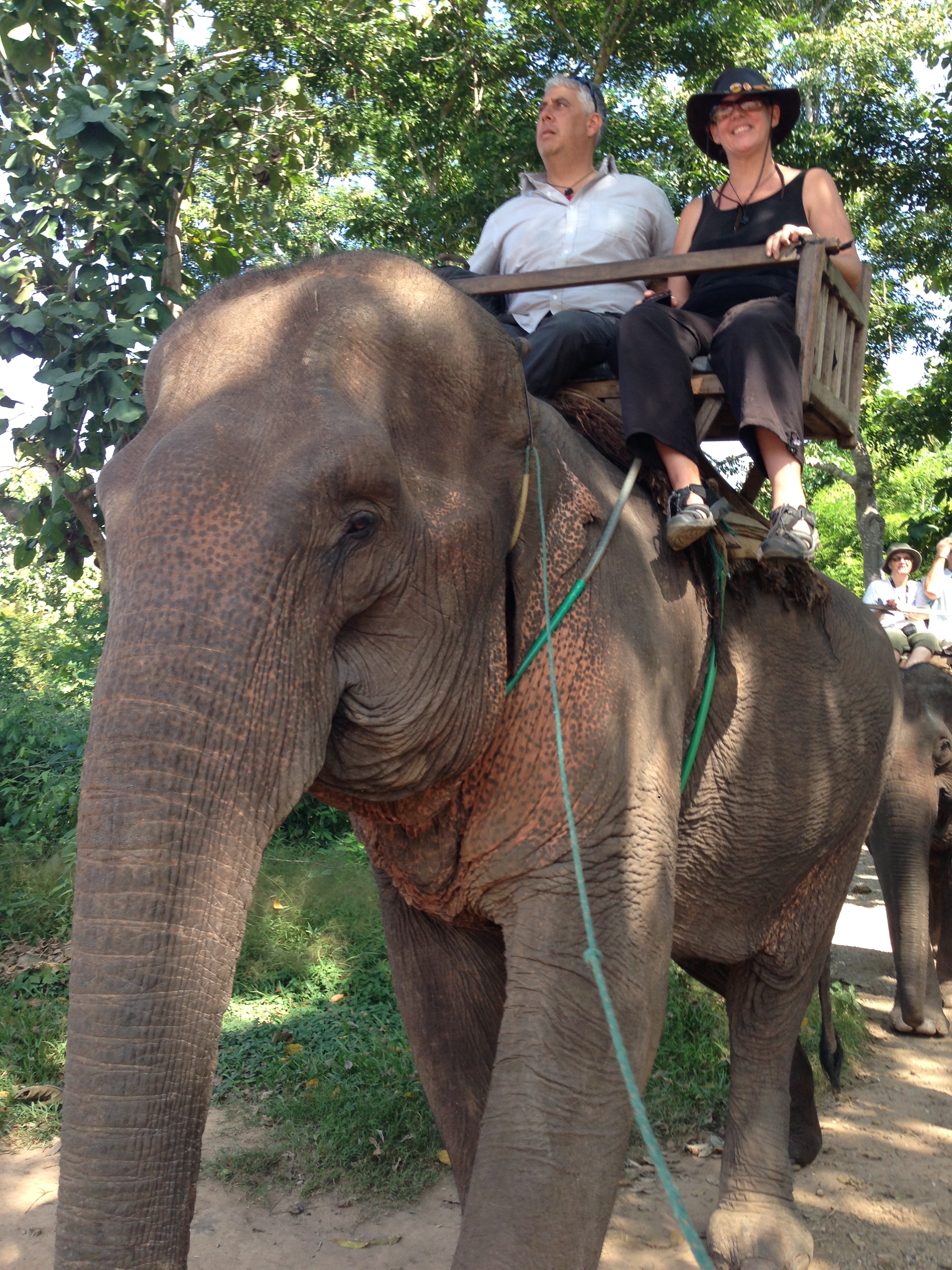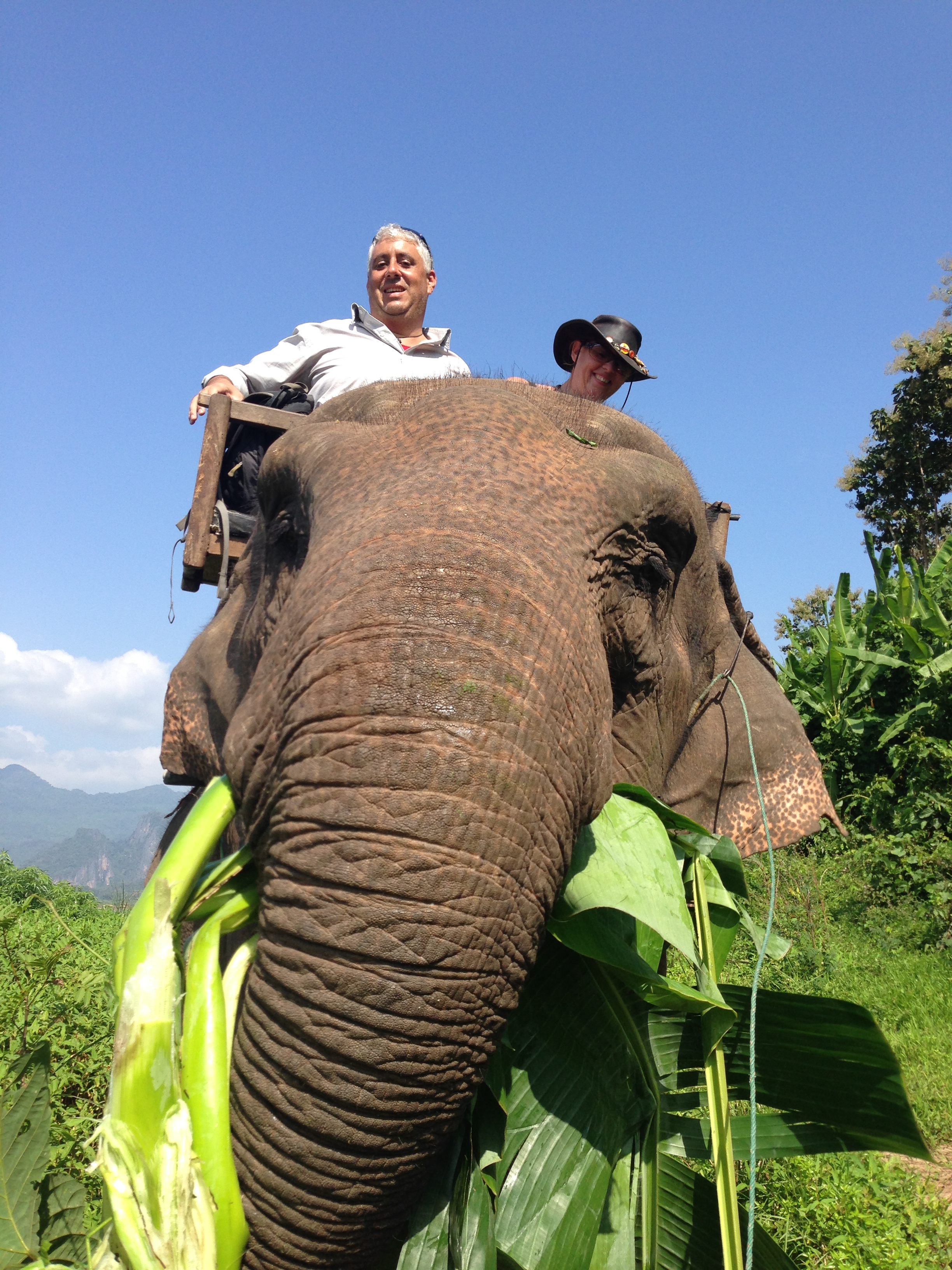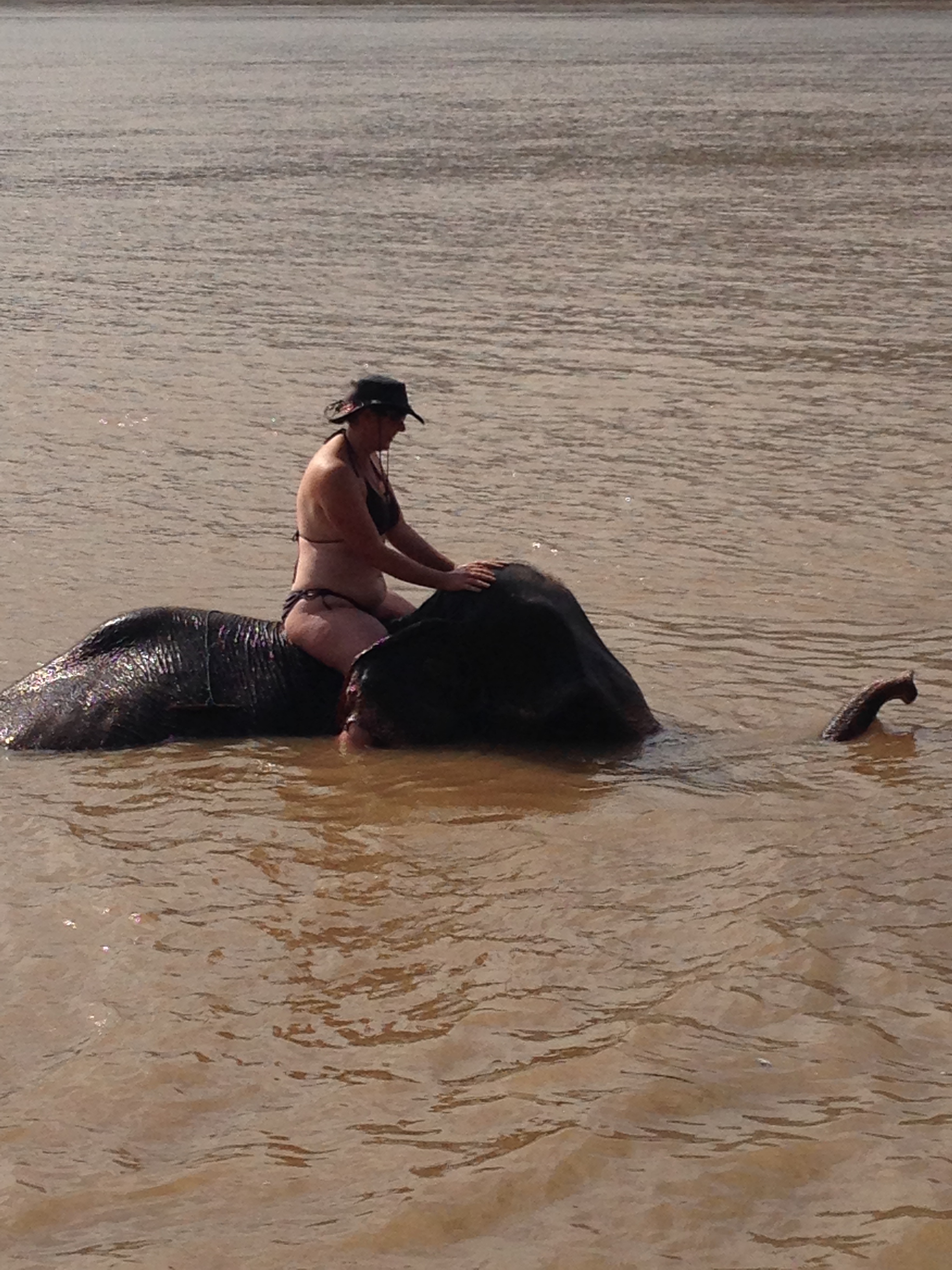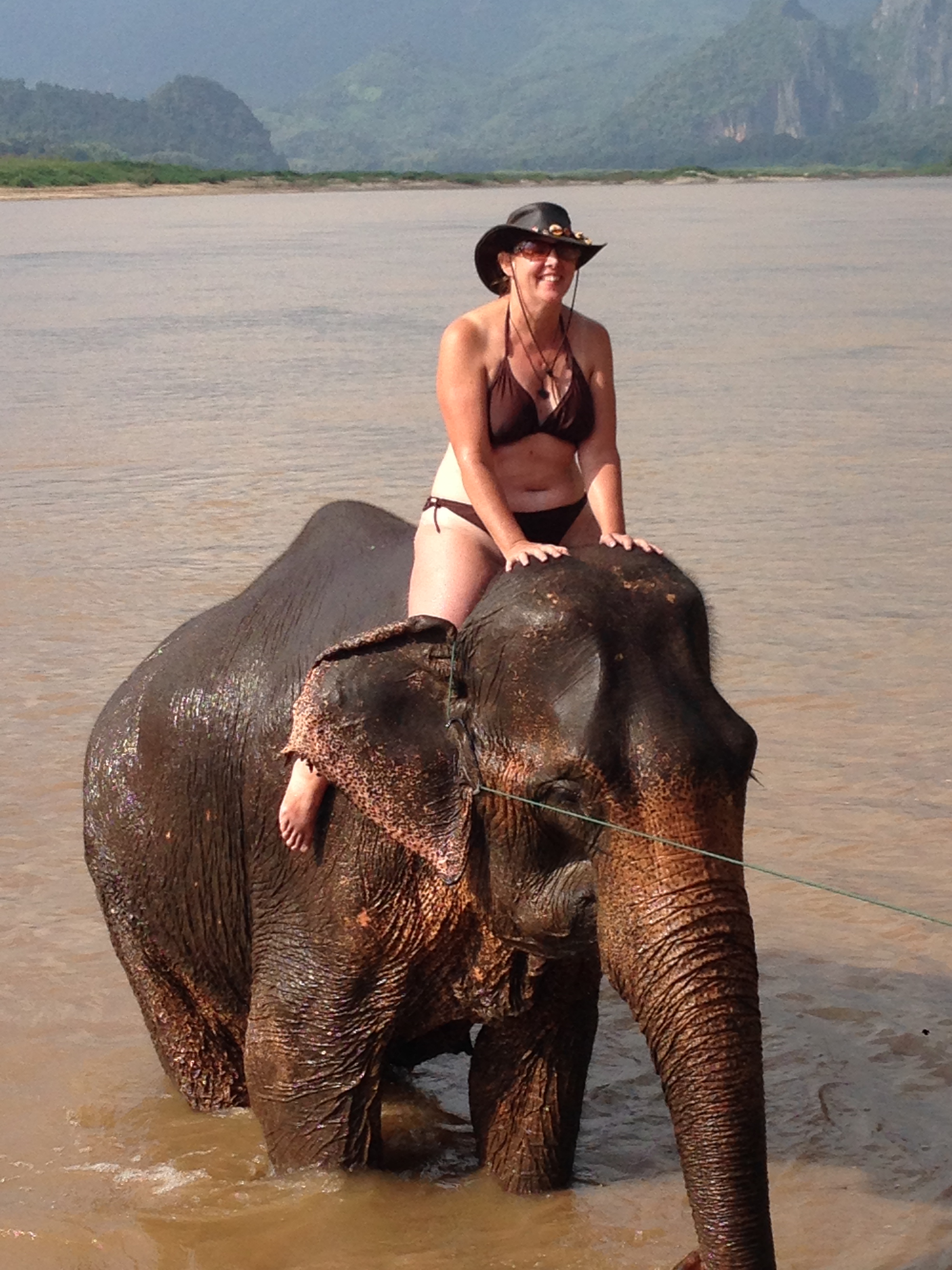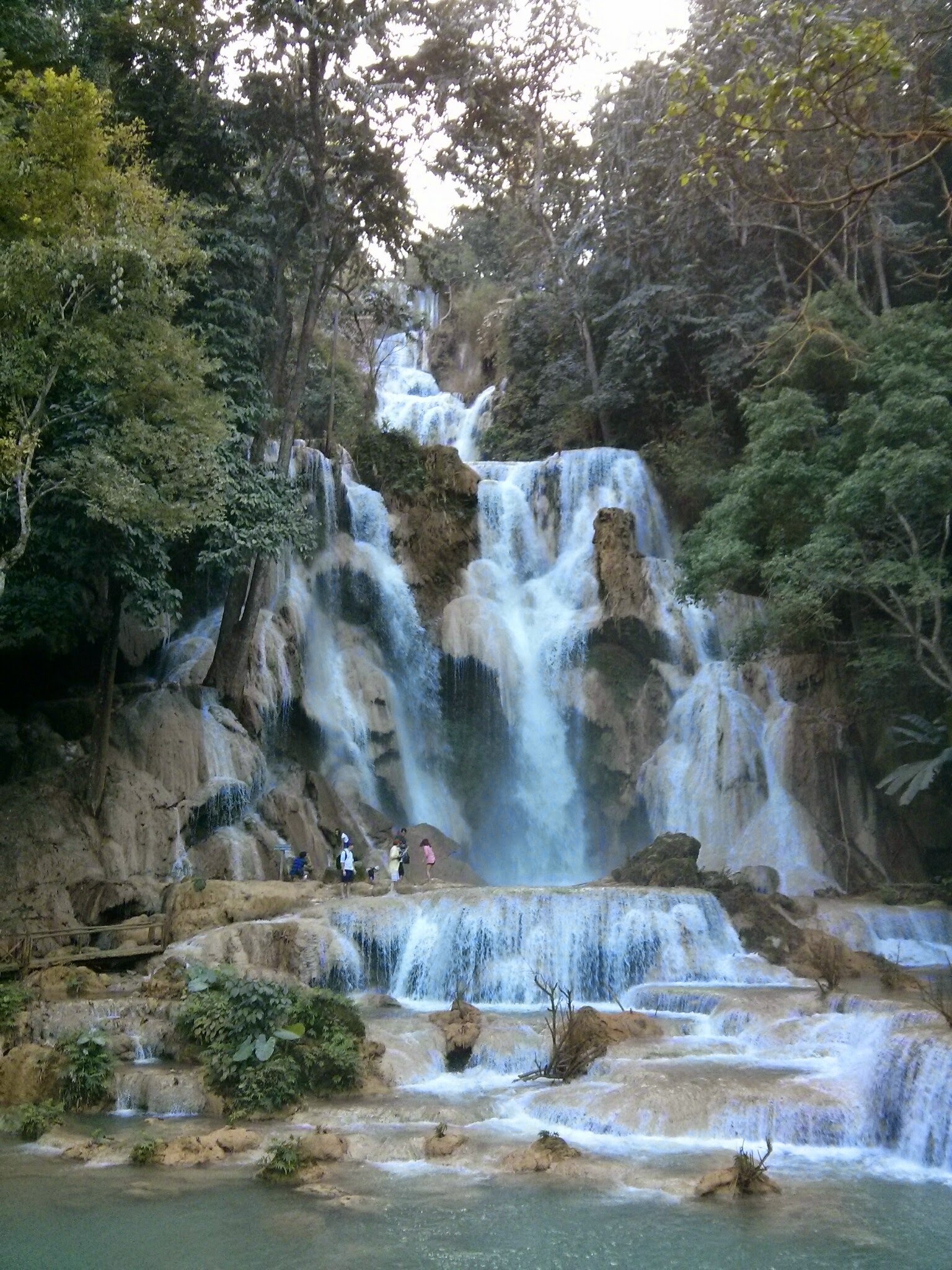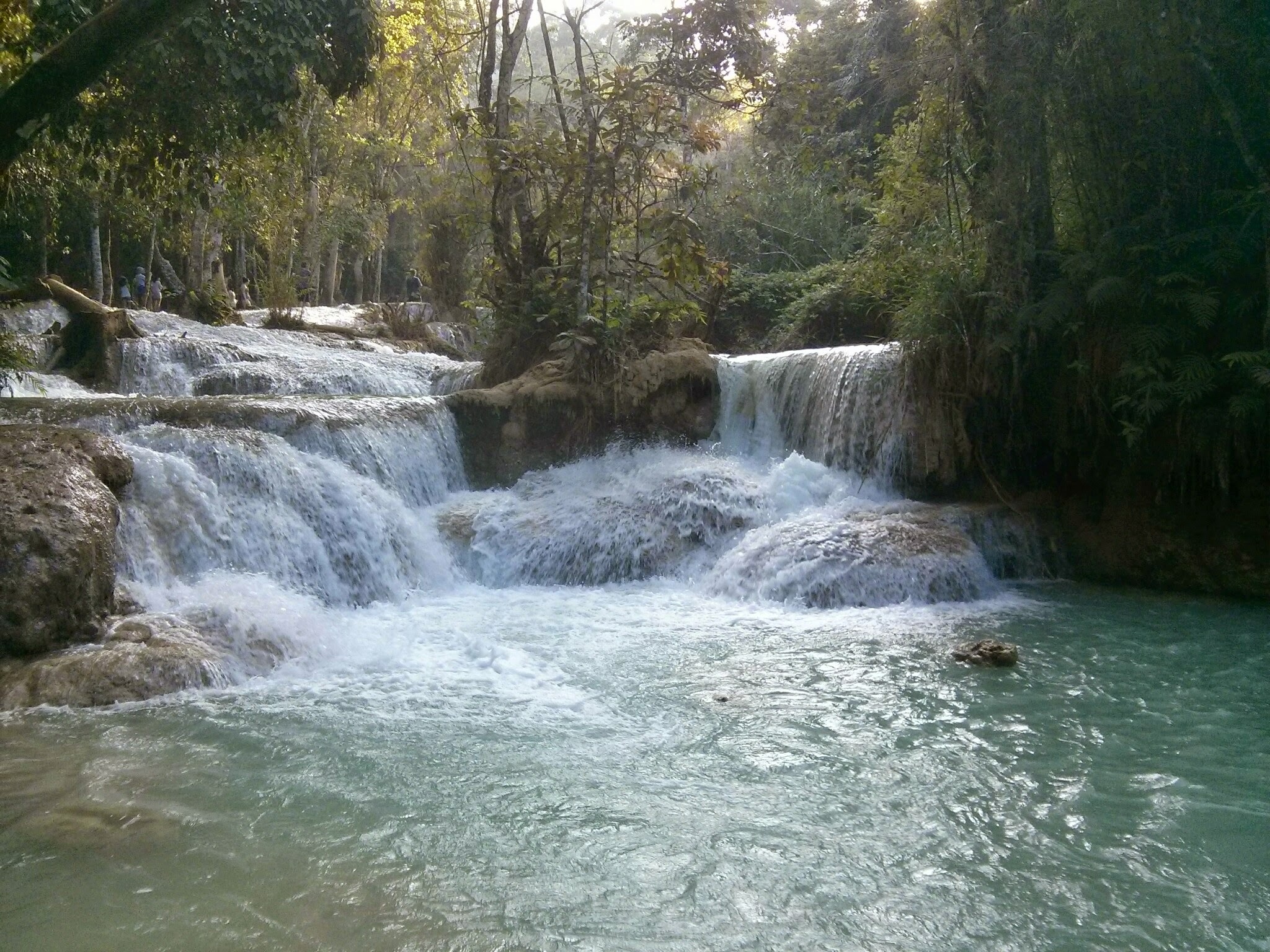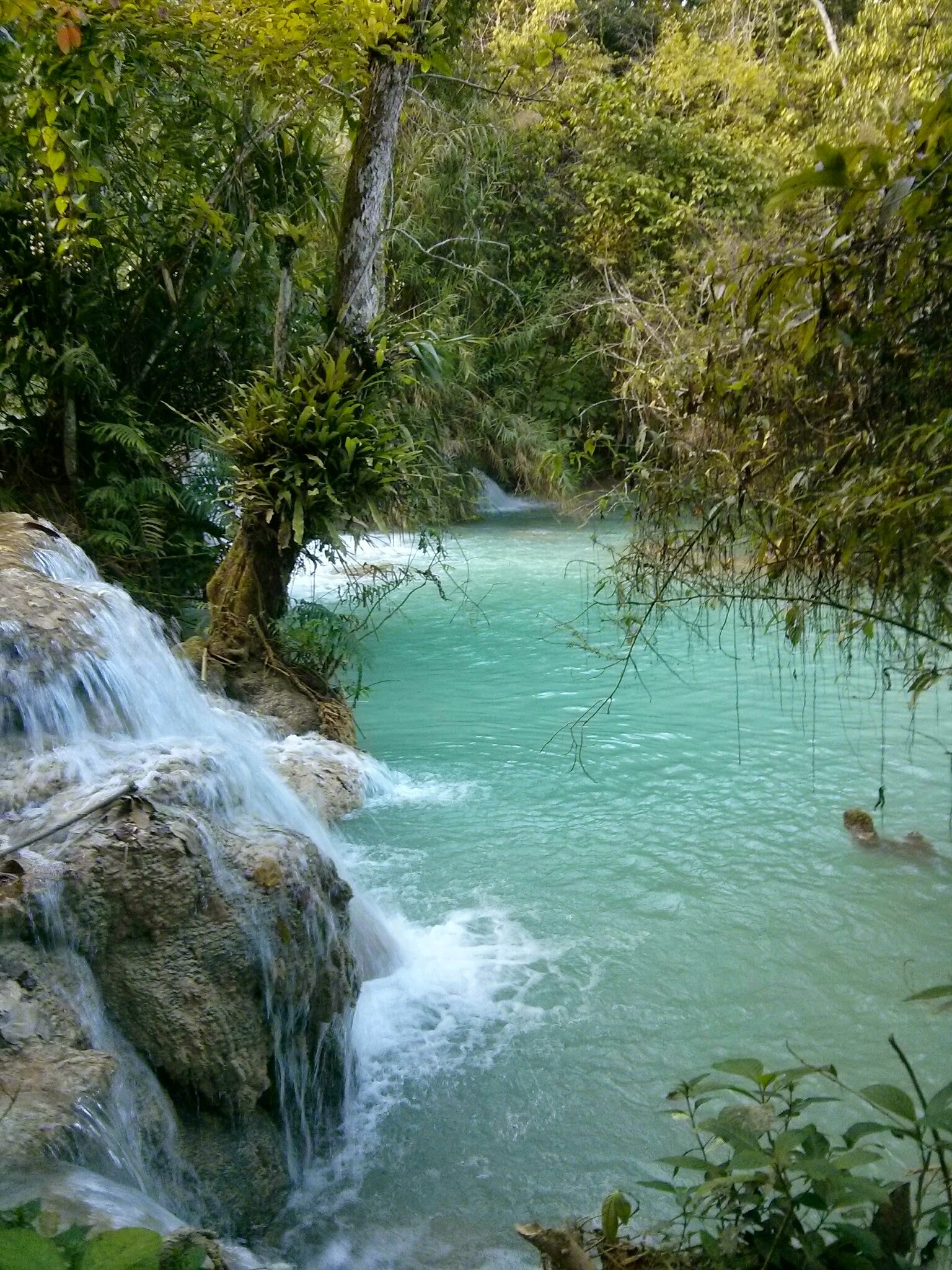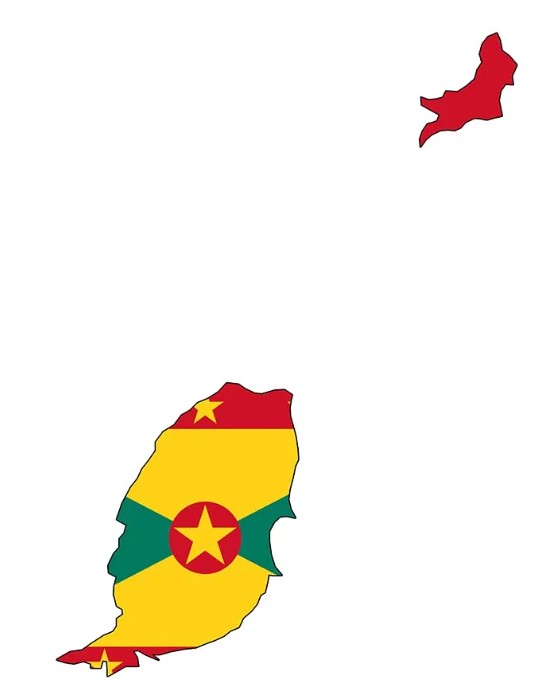
Grenada is an island country in the West Indies. It lies about 100 miles north of the coast of Venezuela.
It consists of the main island of Grenada and two smaller islands (Carriacou and Petite Martinique) along with several smaller islands which lie to the north and are a part of the Grenadines.
Grenada is also known as the “Island of Spice” due to its production of nutmeg, allspice, clove and cinnamon and mace crops.
The first thing that strikes you is that it is built on the side of a mountain. From the port, everything that there is to see is basically vertically straight up. Jill being Jill meant that we (of course) had to walk everywhere. My calves were screaming at me for three days after walking up and down that damn mountain.





Grenada is one of the smallest independent countries in the western hemisphere and you can drive around the whole island in 5 hours. The blurb says that Grenada is an island where you can find spectacular waterfalls and beaches, lush botanical gardens, mystic rainforests, and friendly people at every turn.
It is described as the perfect mix. It is not off the beaten path but neither is it considered as a mainstream tourist haunt. The mountainous interior remains unspoilt and the white sandy beaches are still relatively uncrowded. But there is a good range of hotels on offer along with the usual mix of cafe’s, restaurants and nightlife on offer.
St Georges
The first thing that we did upon arrival was to cut through the Sendall Tunnel to head towards the Carenage. Using the tunnel cuts out at least one arduous hike up and over the damn mountain that splits the centre of town.





The Carenage is the lively waterfront promenade in St. George. It is more of an active and functioning fishing dock than it is a promenade but here you will find great views of the boats, shorefront, blokes preparing the boats to leave for other islands, or welcoming them in, cleaning fish and of course…tons of cats.








Sadly, there was only one way to go from the Carenage, and that was up. There was a hugely overpriced tourist train to take you up the hill but this was left to the fat or immobile oldies on the cruise and we did the hike. In reality, the distances were not that great but the steepness was brutal. The town was relatively compact so it was only about 350-500m between sights, but every move was either up one side or down the other of a damn mountain. And of course, the things to see while up there were churches.









Sadly we were unable to make it to Fort Matthew, an 18th century fort and the the largest of its kind on the island. It was named after the then governor. It offers amazing views of St. George and the Cruise Port.
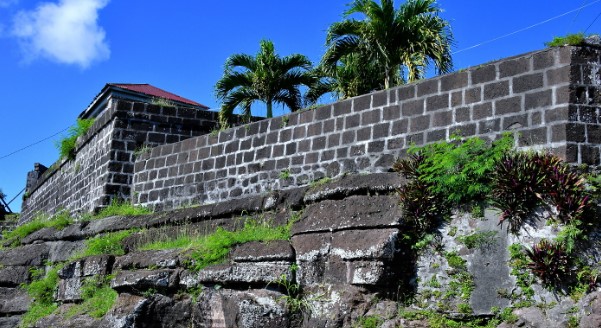
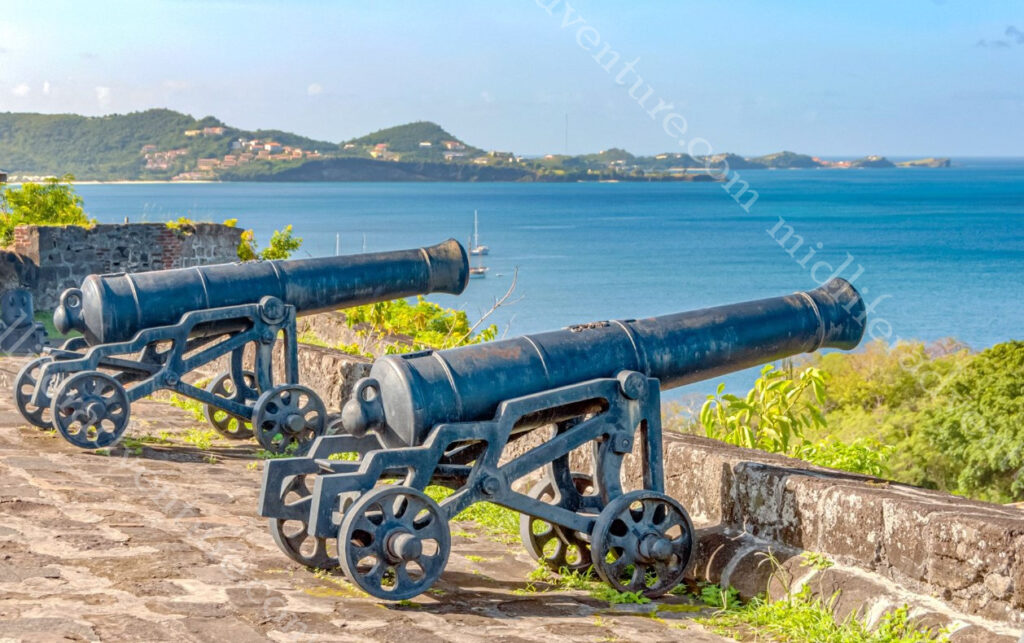
While we did not make Fort Matthew, we did climb the hill to Fort George. Perched high above the town the fort is now the police headquarters. The only real remnants of the fort are the odd wall and a pair of cannons. Hardly worth the huge uphill trek to find.
fort Frederick was another that we missed. Quite a way out of town, and on a grey and murky day we had to settle for the images of others.
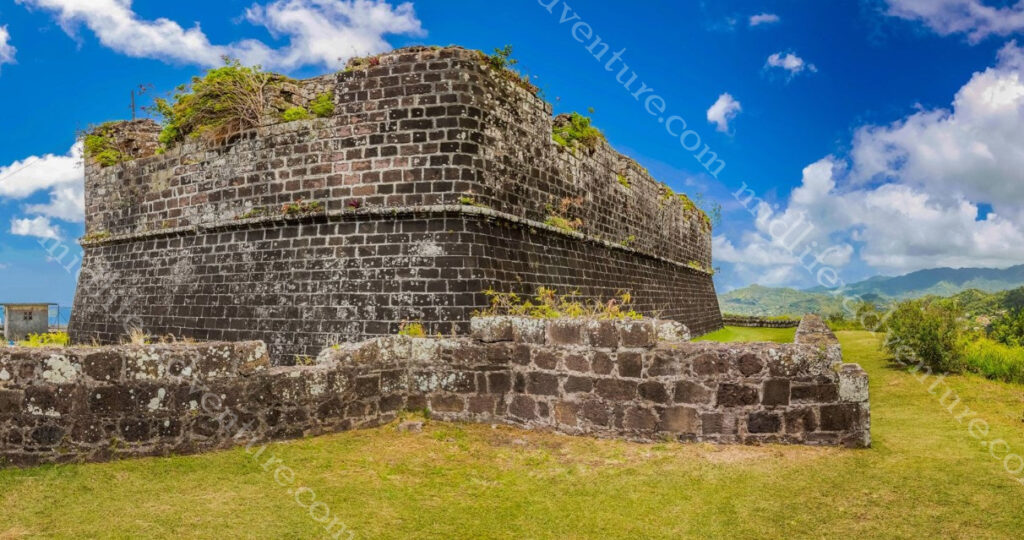
On arrival the weather was pretty crappy, but as the day progressed it did make an attempt to clear up. This meant that our photos were not as grey as the original ones from the port or the Carenage.



Concord Waterfall is made up of 3 different falls at various altitudes. The lowest one is relatively easy to get to but the other two call for a bit more walking and hiking (45 minutes or more).
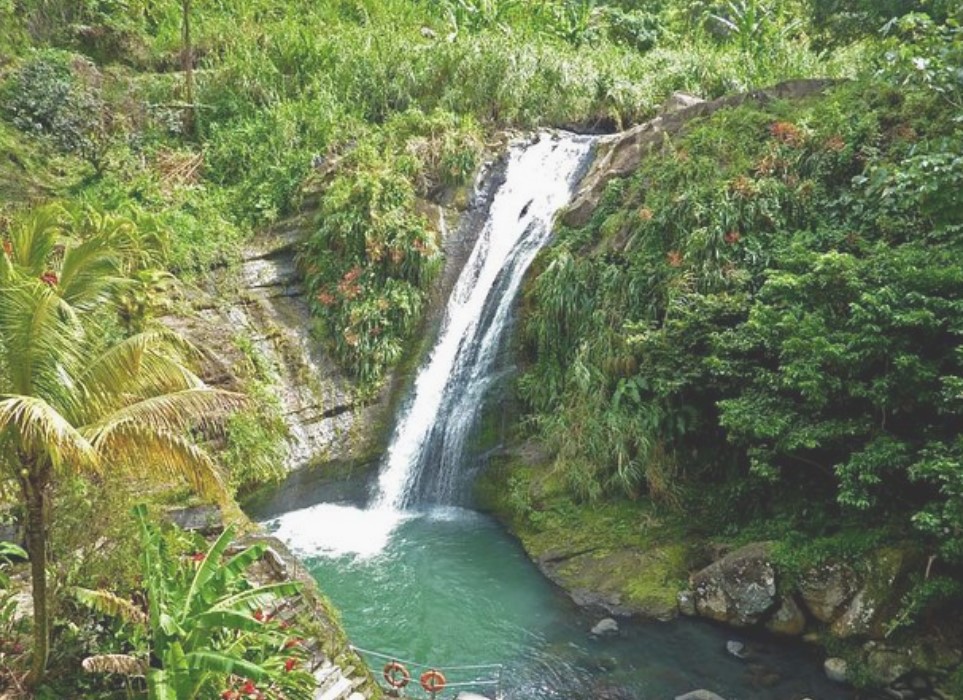
Black Bay Beach is actually black due to the volcanic sand. It is considered one of the most stunning beaches in the Caribbean. There is a cave to explore but you have to do a 20-minute trek from Concord to get there.
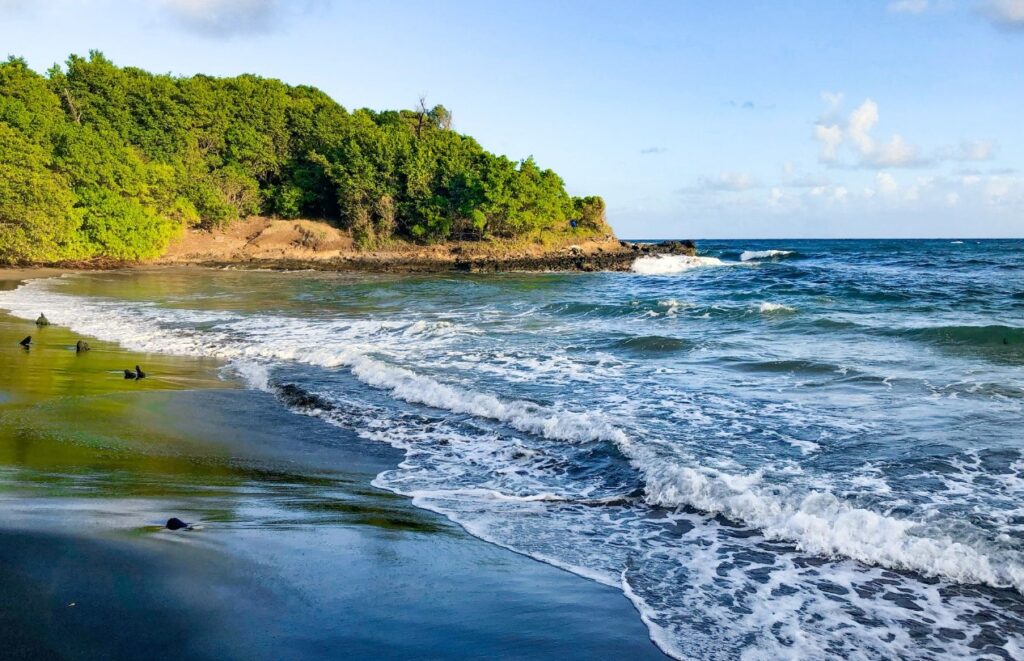
The Grenada Underwater Sculpture Park was created in 2004 in the wake of Hurricane Ivan. It was the world’s first underwater gallery and is an attempt to attract divers away from fragile coral reefs. The statues are made with high-grade stainless steel and pH-neutral marine cement. they are designed to act as artificial coral reefs, with holes and shelters to attract marine life such as octopuses and lobsters, creating a rather spectacular looking habitat.







In 1651 the last of the native Carib Indians fiercely resisted French colonisation by committing a collective act of sacrifice: mass suicide. Together, they all jumped off the cliff and into the ocean. The area where they jumped to their deaths is now known as Carib’s Leap.
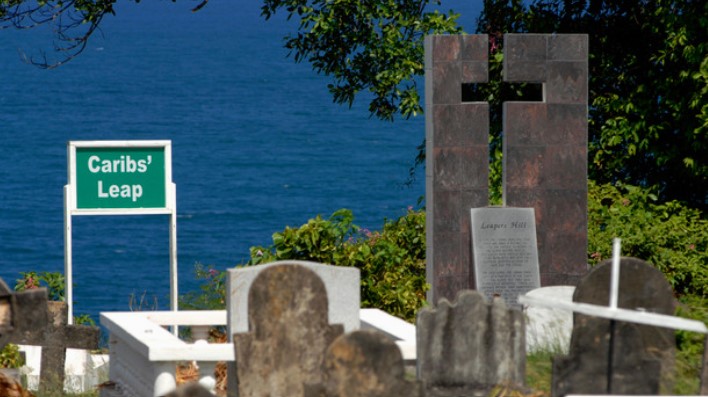
Grenada was ok, without being amazing. The prices asked for items were a bit over the top for what they were and the weather was not really our friend on the day we came. The people were friendly and the town was nice, but I think that hiking up and down that mountain all of the time would keep me away from spending too long here (maybe we should have paid for the damn train).
